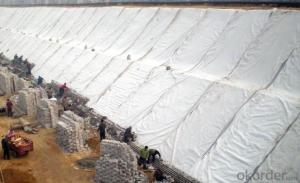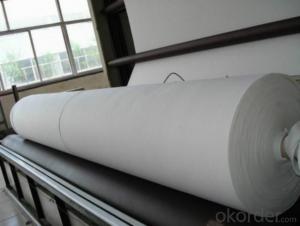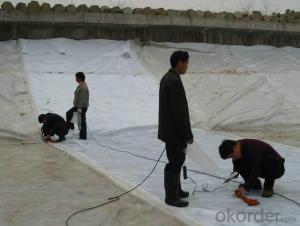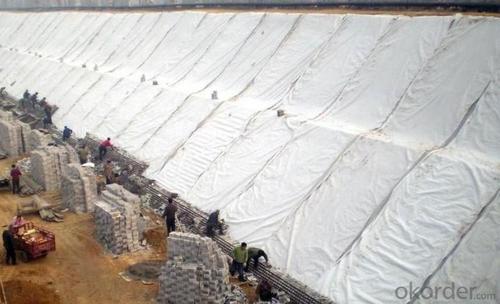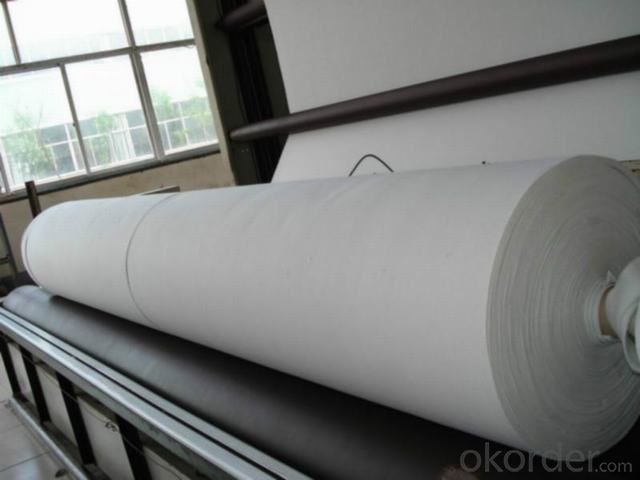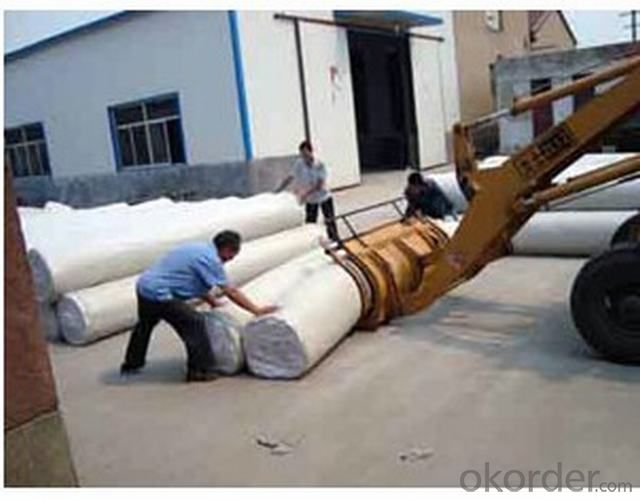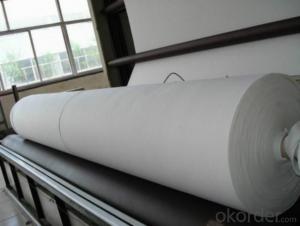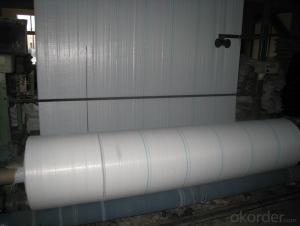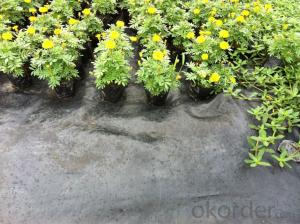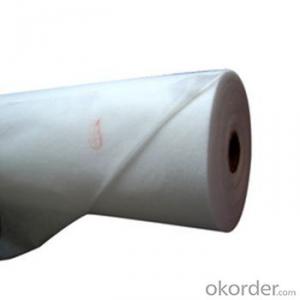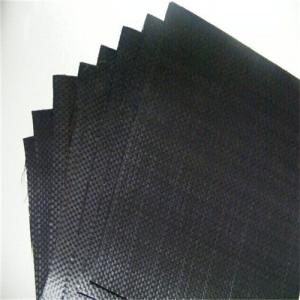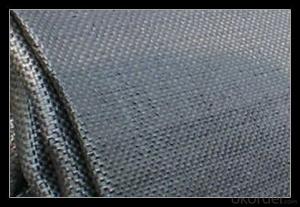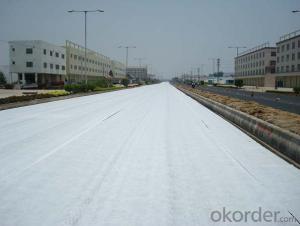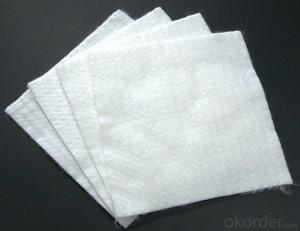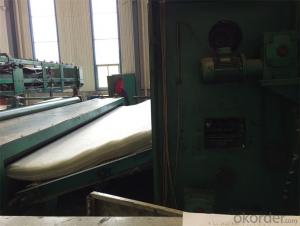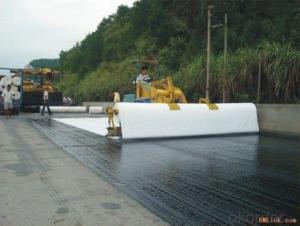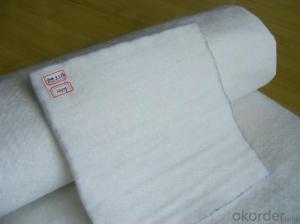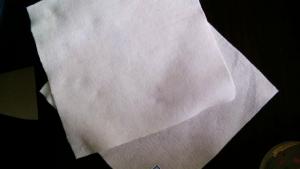PP Woven Geotextile Fabric for Tunnel Engineering - Geotextile Fabric Thickness
- Loading Port:
- Qingdao
- Payment Terms:
- TT OR LC
- Min Order Qty:
- 20000 m²
- Supply Capability:
- 1500000 m²/month
OKorder Service Pledge
OKorder Financial Service
You Might Also Like
1. Introduction of PP Woven Geotextile for Tunnel Engineering:
Geotextiles are composed from synthetic polypropylene/polyester fibres through a mechanical process of needling the fabric and adding, when necessary, a thermo fused process, resulting in a uniform porous structure with excellent tensile strength and chemical deterioration. Type: 1. Wovens & knitted: use various fibre types (e.g. monofilament, multi-filament, split extruded film) in different combinations. 2. Non-wovens: staple or continuous fibres that are heat treated or needlepunched to “fix” fibres relative to each other.
2. Specifications of PP Woven Geotextile for Tunnel Engineering:
1) Weight / Mass: 75g/m2-800g/m2 .
2) Width: Within 8 m (1m-8m).
3) Length: 50m-100m/roll (as request).
4) Material: PP/PET.
5) Color: Black , white , grey, others
6) Certificate: CE/ISO9001, ISO14001 .
7) Manufacturing method: nonwoven / woven.
8) The equipment is introduced from Germany.
9) This geotextile can be made of polypropylene (PP), or polyester (PET), Polyvinyl or synthetic fiber on needle punch machine.
10) The mass is available from 75g/m² to 800g/m² and the width available from 1.0m-8m, monolayer or multilayer (reinforcement geotextiles), long fiber or short fiber.
11) Color: all kinds of color are available. The annual production ability is 10 million square meters.
12) The fabric can also be heat treated by infrared at customer's requirements. Our geotextile are UV stabilized to give protection against aging under exposure to natural ultra-violet light.
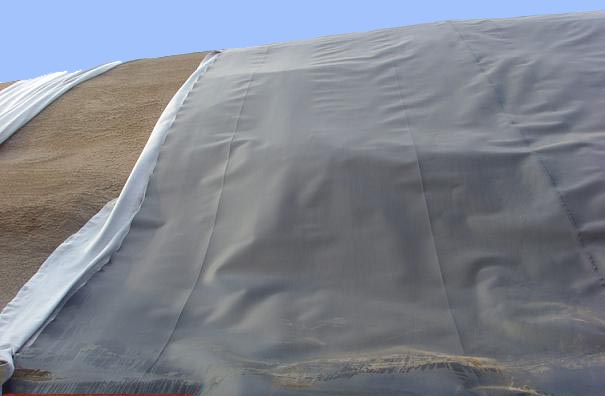

- Q: What is the high strength to strengthen the composite geotextile
- Bujia Weaving Bugatite Rope
- Q: Characteristics of nonwoven geotextiles
- Non-woven geotextile has many advantages: 1) air permeability 2) filterability 3) insulation 4) water absorption 5) waterproof 6) stretch 7) not disheveled 8) feel good, soft 9) light 10) Can be restored 11) without the direction of the fabric 12) compared with the textile production of high productivity, production speed 13) low prices, can be mass production and so on. Disadvantages are: 1) Compared with the textile fabric strength and durability is poor; 2) can not be washed as other fabrics; 3) fiber arranged in a certain direction, so easy to split from the right angle and so on. Therefore, the improvement of the production method has been mainly focused on preventing the improvement of the division.
- Q: Are geotextiles commonly used in coastal erosion control?
- Yes, geotextiles are commonly used in coastal erosion control. They are frequently employed for various applications such as shoreline stabilization, beach nourishment, and protecting dunes. Geotextiles help to prevent soil erosion by providing filtration, drainage, and reinforcement, making them an effective solution in coastal areas prone to erosion.
- Q: Can geotextiles be used in shoreline protection?
- Yes, geotextiles can be used in shoreline protection. They are commonly used to stabilize and reinforce shorelines by providing erosion control, preventing soil movement, and promoting vegetation growth. Geotextiles help reduce wave energy, filter sediment, and improve overall stability, making them an effective solution for shoreline protection.
- Q: How do geotextiles help in the separation of materials?
- Geotextiles help in the separation of materials by acting as a barrier to prevent the mixing or migration of different layers of soil or materials. They provide stability and reinforcement, allowing for effective separation and drainage, thereby enhancing the overall performance and longevity of construction projects.
- Q: In the cofferdam construction process, geotextile materials after entering the need to arrange sampling test? Is there a specification? If the arrangements for testing, is to do physical experiments, or do chemical experiments, or do? More
- On the use of geotextile material, depending on whether the design requirements on the use of drawings, if required to use the method must be taken in the sampling inspection, the most commonly used two geotextiles GB / T-2008 is filament spunbond acupuncture Non-woven geotextile, GB / T-1998 is staple acupuncture non-woven geotextile, the general arrangements for testing are to do physical and mechanical properties (dynamic perforation, per unit area of quality, thickness, wide strip stretch, trapezoidal tear) other indicators Not mandatory
- Q: It is good to cover the geotextile
- What are you breeding? Tarpaulin can be waterproof and waterproof, do not know if you have not seen geotextiles, geotextiles and silk cotton coat inside the like, light, there is a certain role in insulation, but not waterproof. Hope to help you
- Q: How do geotextiles contribute to soil compaction control?
- Geotextiles contribute to soil compaction control by providing a barrier between the soil and any applied load or traffic. This helps distribute the load more evenly, reducing the pressure on the soil and minimizing compaction. Additionally, geotextiles can improve soil drainage, allowing excess water to flow away, which also helps prevent compaction.
- Q: What are the different factors to consider for geotextile selection in landfill applications?
- There are several factors to consider when selecting geotextiles for landfill applications. These include the type and composition of waste being disposed of, potential chemical interactions, required strength and durability, permeability and filtration requirements, and compliance with regulatory standards. Other factors such as installation and maintenance costs, availability, and environmental sustainability also play a role in geotextile selection for landfill applications.
Send your message to us
PP Woven Geotextile Fabric for Tunnel Engineering - Geotextile Fabric Thickness
- Loading Port:
- Qingdao
- Payment Terms:
- TT OR LC
- Min Order Qty:
- 20000 m²
- Supply Capability:
- 1500000 m²/month
OKorder Service Pledge
OKorder Financial Service
Similar products
Hot products
Hot Searches
Related keywords
